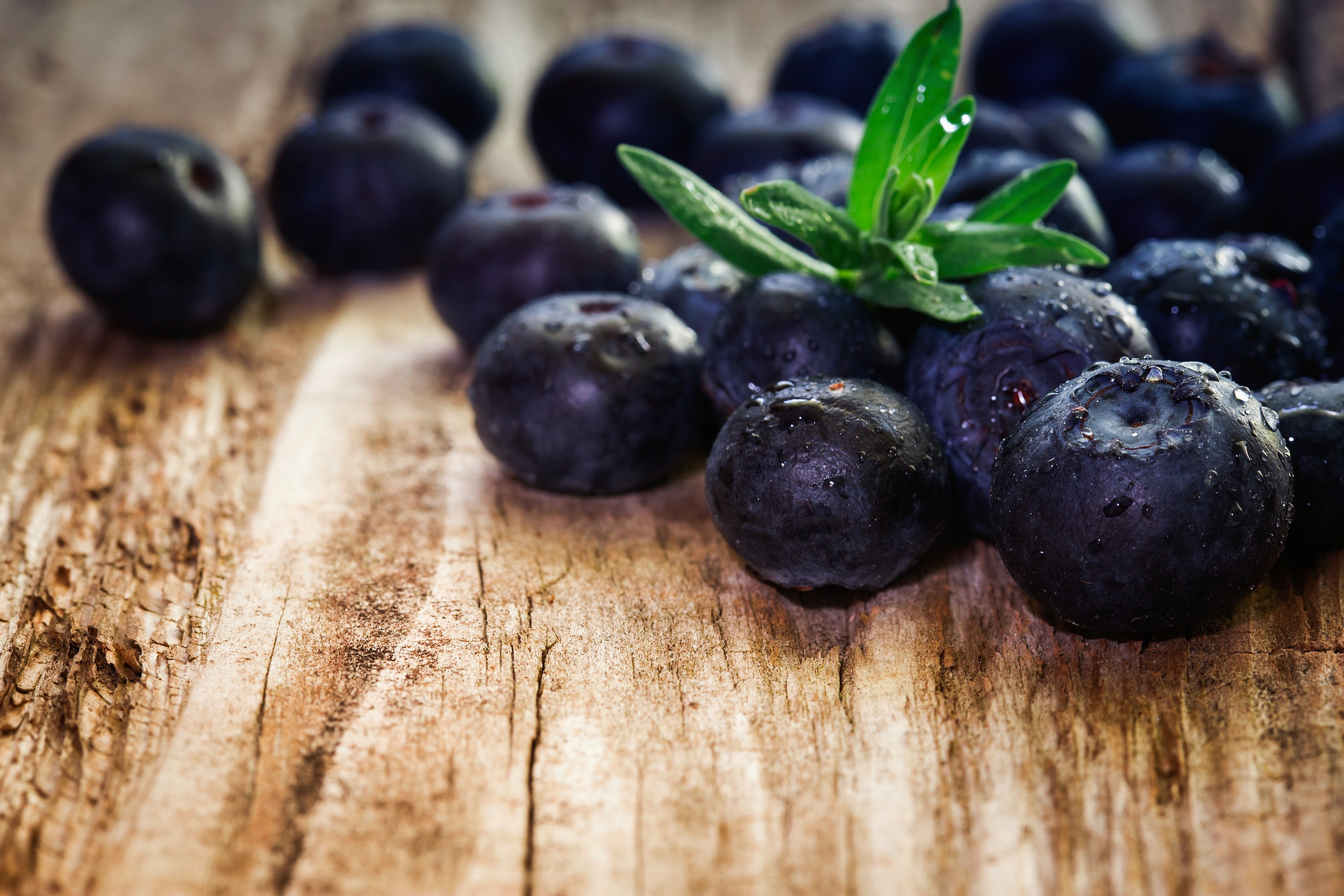Funding to breed full colour blueberries
Consumers in the future might be eating a completely new type of blueberry with healthy, colourful flesh, thanks to New Zealand government funding.
Through the MBIE Endeavour Fund, Plant & Food Research has received funding to investigate the potential for a new commercial crop that combines the taste and growing characteristics of blueberries with the colourful flesh of bilberries.
Bilberries are a small berry found in Northern Europe that have dark blue-red flesh high in anthocyanins, the compounds that give blueberries their distinctive blue skin and that have been found to be beneficial to human health. However, bilberries are not viable as a commercial crop as they are difficult to cultivate and the berries are highly susceptible to damage when harvested or transported.
The new research programme will breed novel blueberry-bilberry hybrids suited to New Zealand conditions. It is expected that these will be grown and managed in a similar way to traditional blueberries but produce fruit with a sweet, juicy blueberry taste and with the flesh colour, and therefore high anthocyanin concentration, of bilberries.
“Research suggests consumers want fruits with novel characteristics, such as colour, and with added health benefits,” says programme leader Dr Richard Espley. “Blueberries have high concentrations of anthocyanins in their skin which gives them their dark blue appearance. Breeding a hybrid with bilberries, a cousin to blueberries with a natural red-blue flesh, should allow us to develop a new crop that is coloured throughout the fruit. A new type of tasty, full colour berry would provide New Zealand with a unique product in the marketplace.”
As part of the research project, which has been awarded $5 million over the next five years, scientists will also investigate the genetic pathways that control flesh colour in fruits. This will allow breeders to develop better cultivars faster™ by screening seedlings in the hybrid breeding programme at an early stage to select those plants that will produce fruit with coloured flesh to evaluate further. It is anticipated that this knowledge could also be used to inform breeding programmes of other fruits with high flesh colour.
New Zealand produces close to 4,000 tonnes of blueberries each year with a value of $55 million, including $37 million of exports, primarily to Australia.





